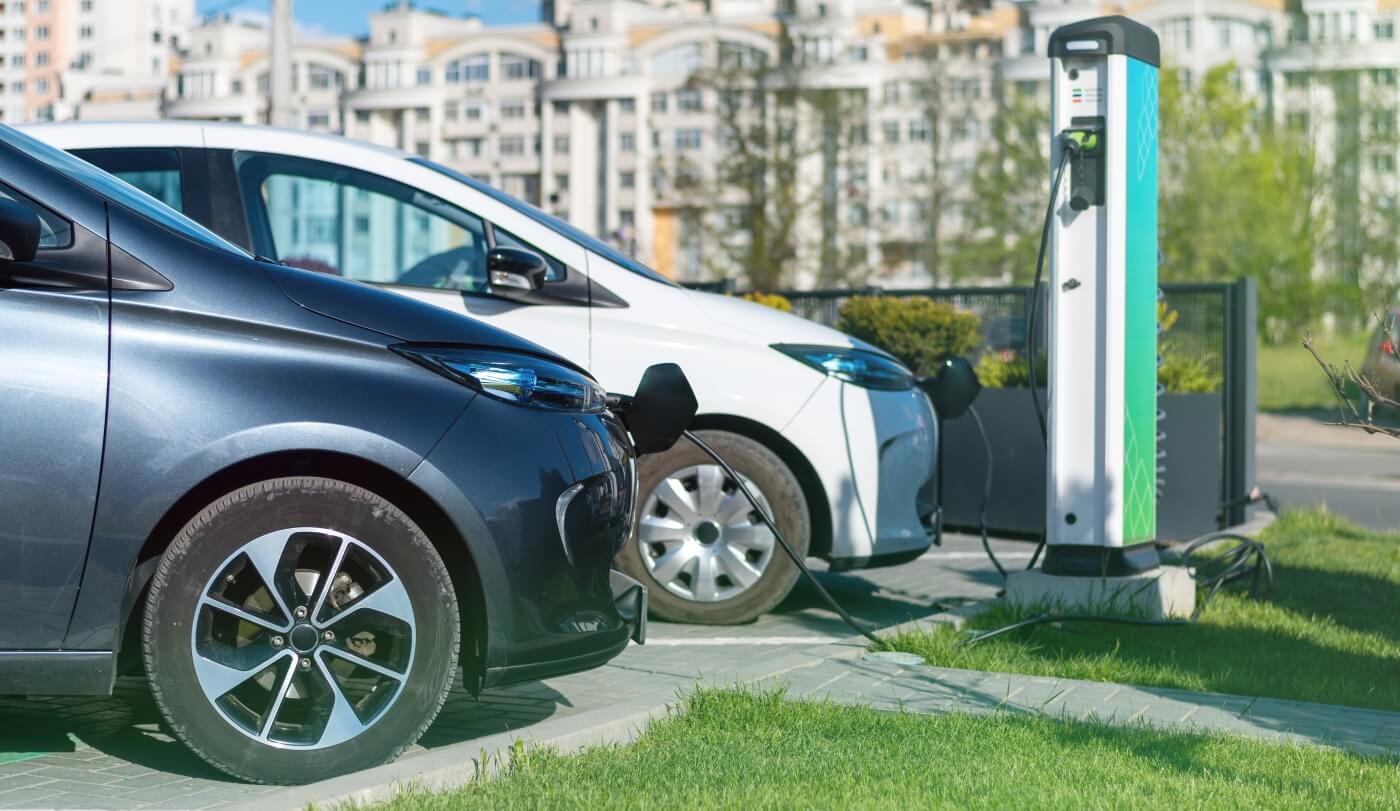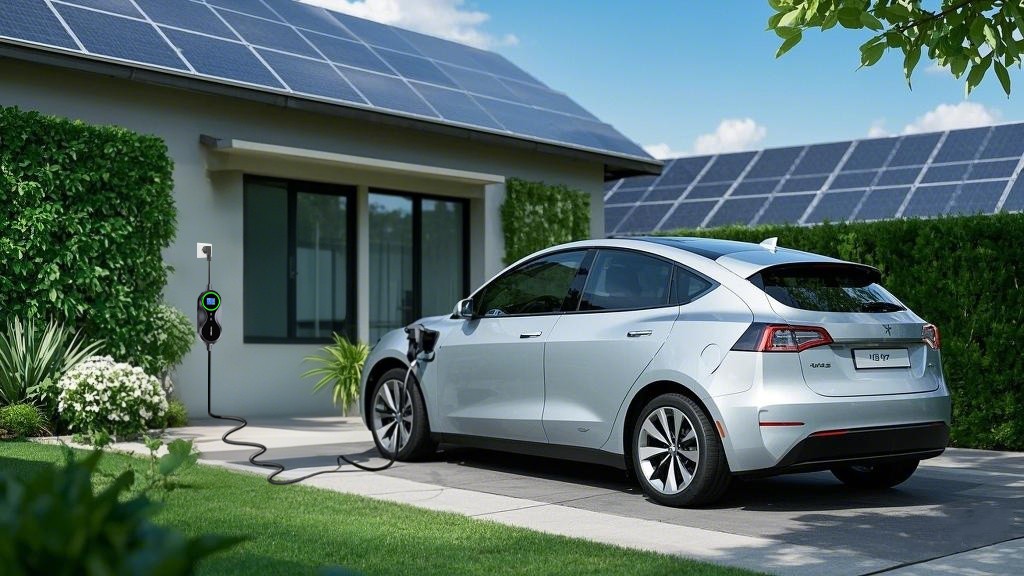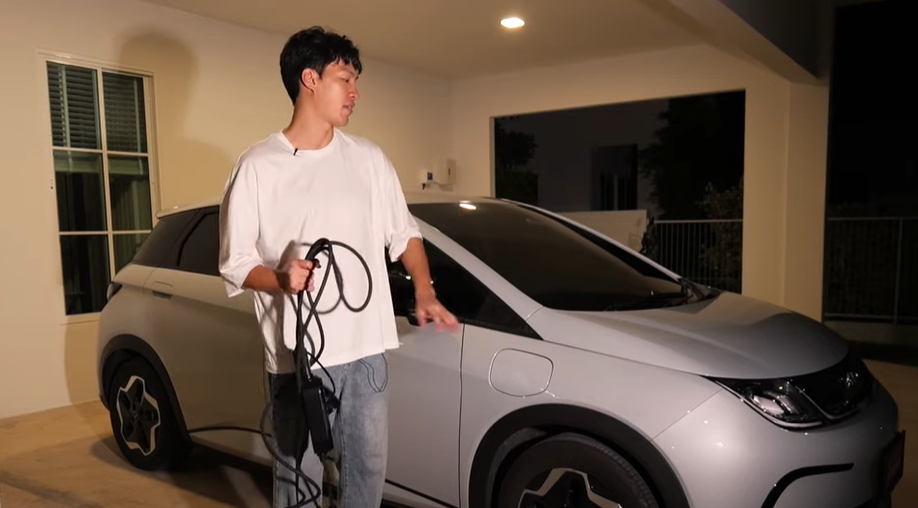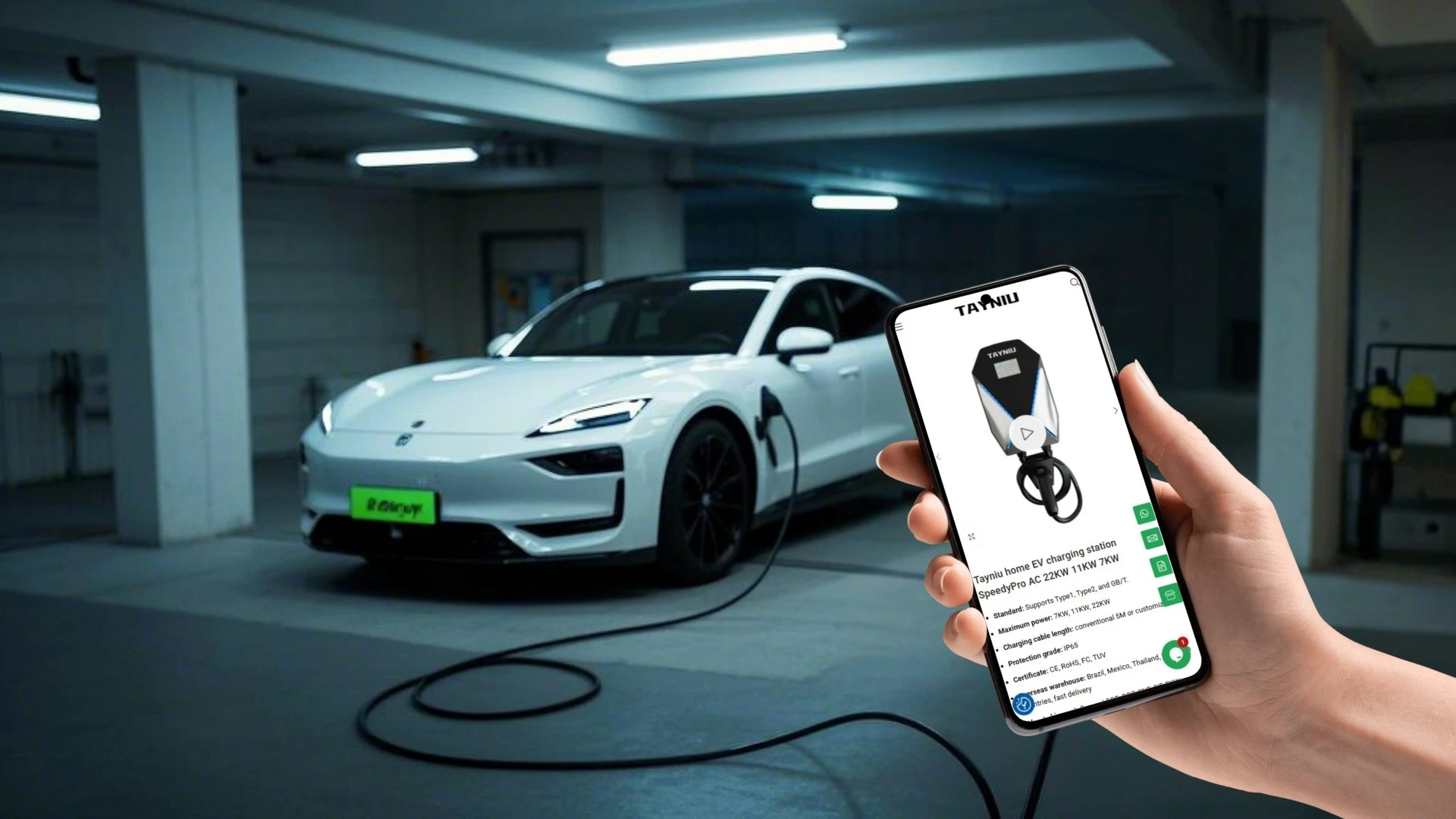Heat, Charging Habits, and More: What Really Affects EV Battery Lifespan
Electric vehicles (EVs) are becoming increasingly popular, but one concern many drivers have is EV battery lifespan. Unlike gas engines, which degrade gradually, EV batteries can lose capacity over time, but how quickly depends on several key factors. From extreme temperatures to charging routines, here’s what really impacts your EV’s battery health—and how you can maximize its longevity.
1. Heat: The Silent Battery Killer
High temperatures are one of the biggest threats to EV batteries. Lithium-ion cells degrade faster when exposed to prolonged heat due to:
- Increased chemical reactions that wear down the battery’s internal structure.
- Accelerated electrolyte breakdown, reducing efficiency over time.
How to protect your battery:
✔ Park in the shade or a garage in hot climates.
✔ Avoid fast charging in extreme heat (if possible).
✔ Some EVs precondition the battery to optimize temperature—use this feature if available.
2. Cold Weather: Slower Performance, But Less Long-Term Damage
While cold weather doesn’t degrade batteries as severely as heat, it temporarily:
- Reduces range (sometimes by 20-30%).
- Slows charging speeds due to increased internal resistance.
Tips for winter driving:
✔ Precondition the battery while plugged in before driving.
✔ Keep your EV plugged in when parked to maintain optimal temperature.
3. Charging Habits: The 80% Rule & Fast Charging Trade-Offs
Avoiding 100% Charges
Frequently charging to 100% stresses the battery, reducing its lifespan. Most manufacturers recommend charging to 80% for daily use, reserving full charges for long trips.
The Fast Charging Dilemma
While convenient, DC fast charging (like Tesla Superchargers) generates more heat and can accelerate wear. If possible, rely on Level 2 (home) charging for daily use.
Best practices:
✔ Use fast charging sparingly—think road trips, not daily top-ups.
✔ Avoid letting the battery sit at very low (below 20%) or very high (above 90%) states for long periods.
4. Depth of Discharge: Shallow Cycles Are Better
Fully draining your battery (0-100%) repeatedly is more stressful than smaller top-ups (e.g., 40-70%). Partial discharges help prolong battery life.
5. Time & Calendar Aging
Even if you barely use your EV, the battery still ages chemically over time. Most EV batteries last 10-15 years, but gradual capacity loss is inevitable.
How to Maximize Your EV Battery’s Lifespan
✅ Avoid extreme temperatures when possible.
✅ Charge to 80% for daily use, only going to 100% when needed.
✅ Limit frequent fast charging—save it for long trips.
✅ Don’t let the battery sit at very low or full charge for extended periods.
The Bottom Line
While EV batteries will degrade over time, smart habits can significantly slow the process. By managing heat, charging routines, and storage conditions, you can keep your EV running efficiently for years, ensuring better performance and resale value.
Last Updated on May 9, 2025 by tayniu



